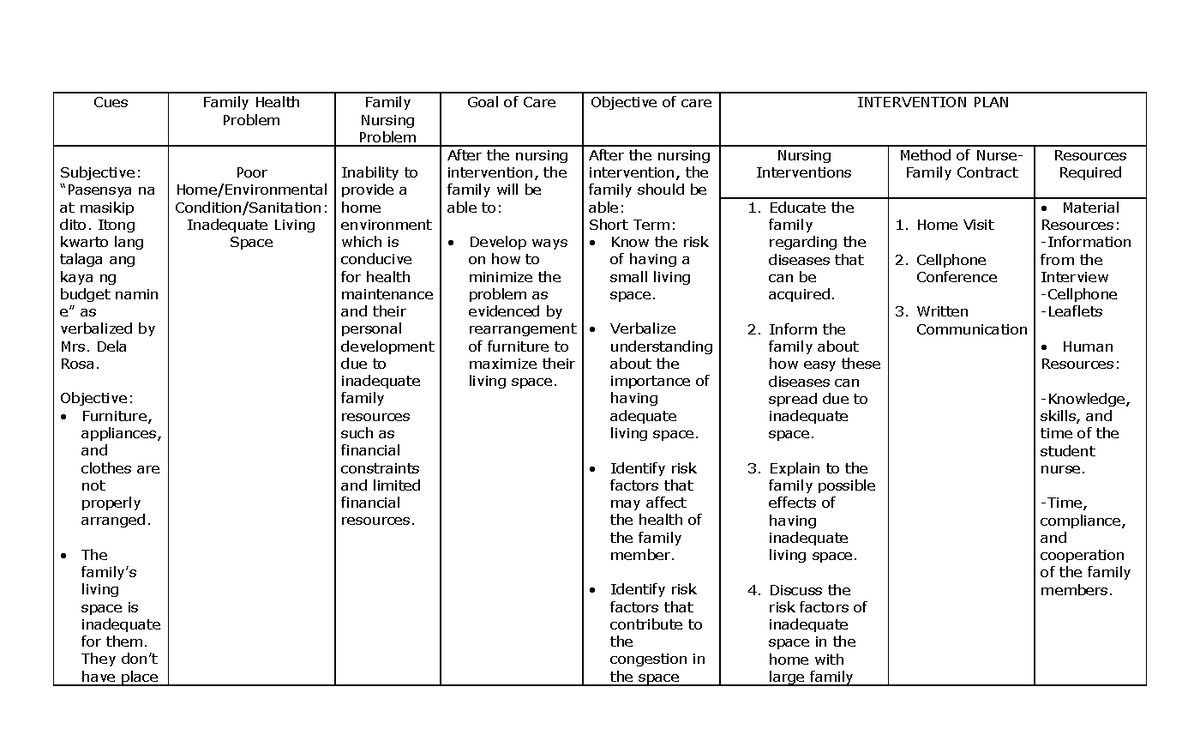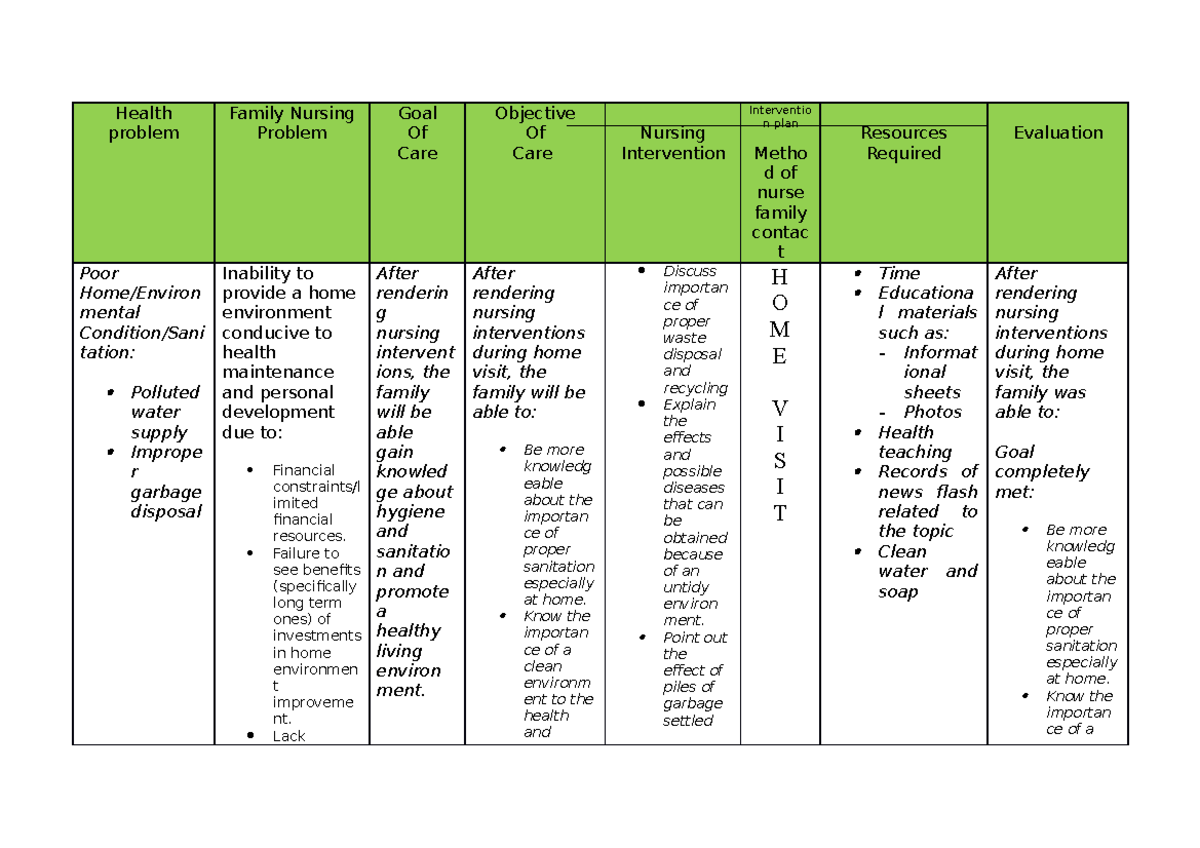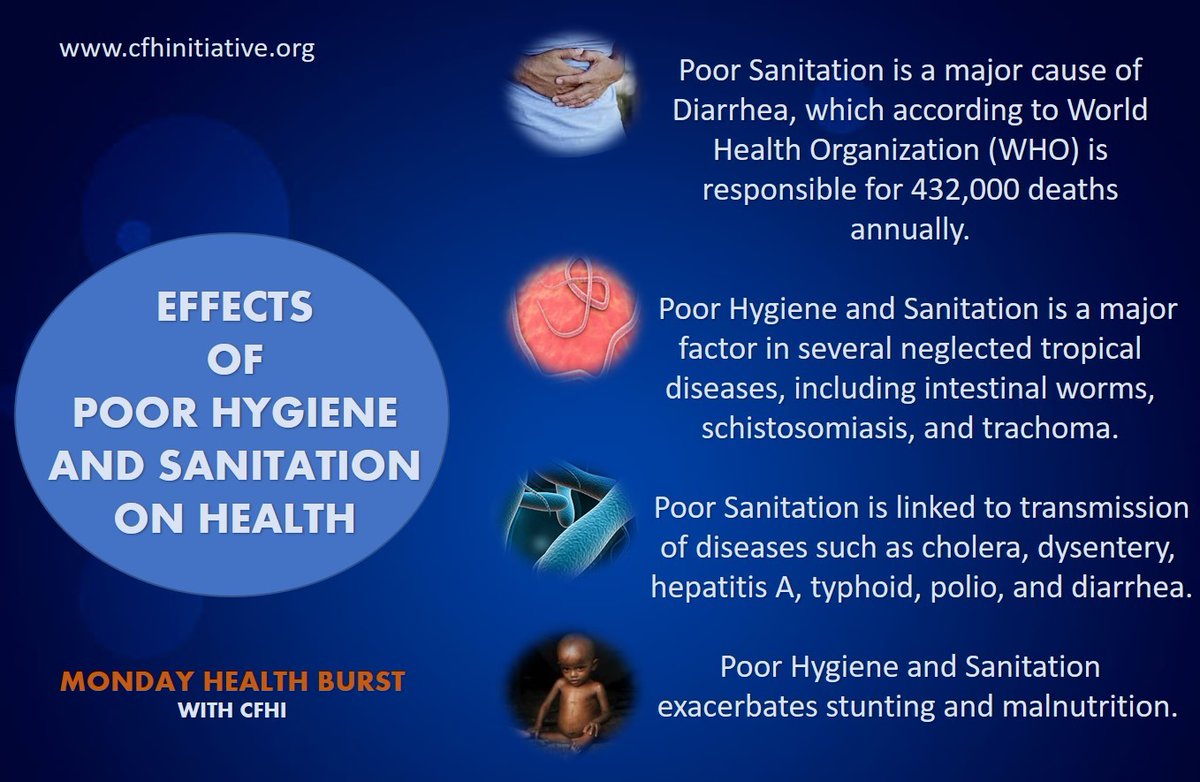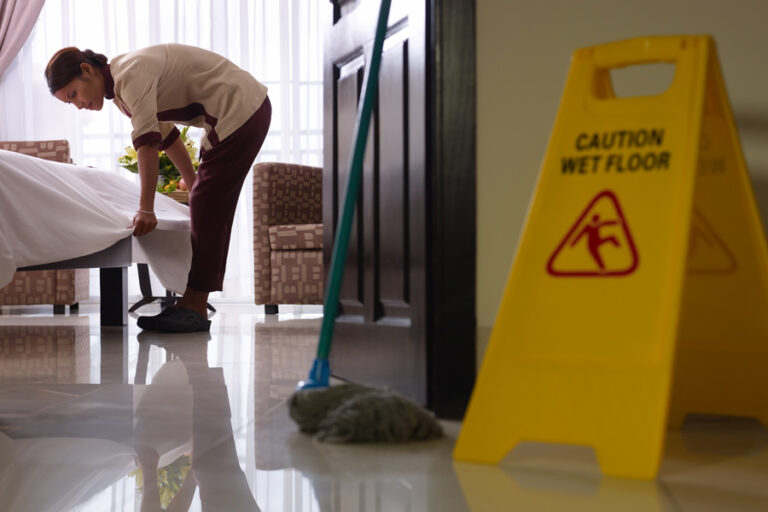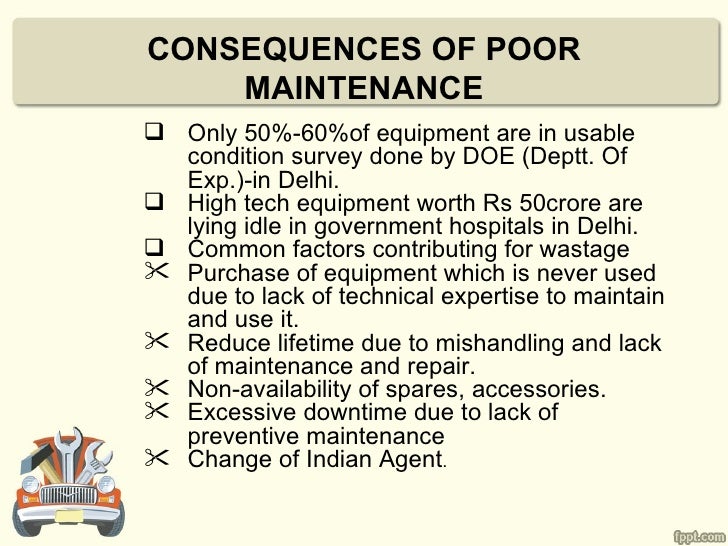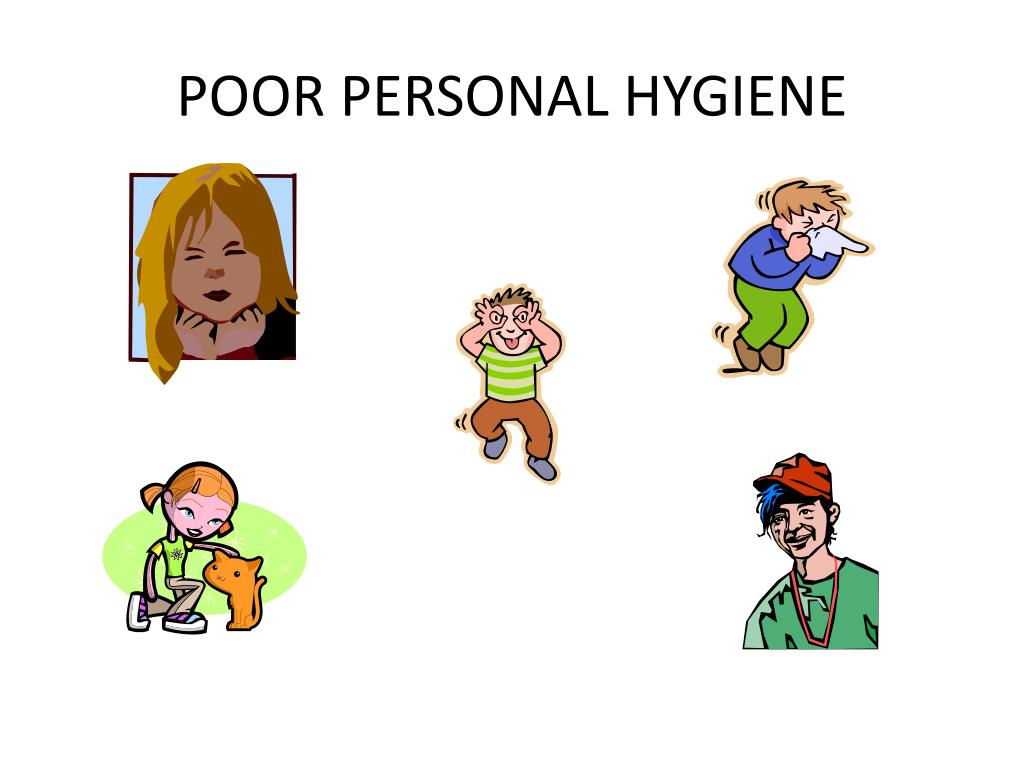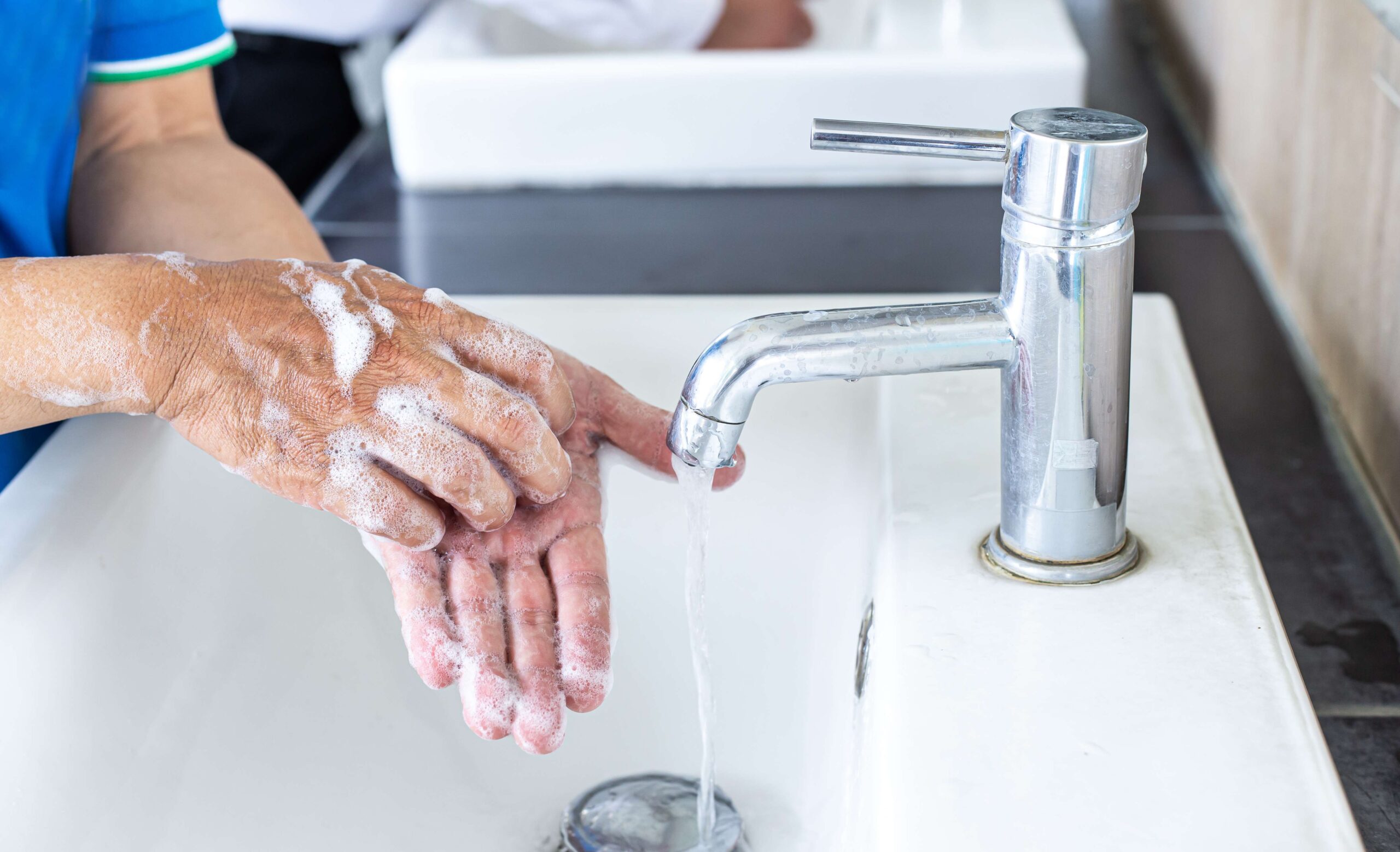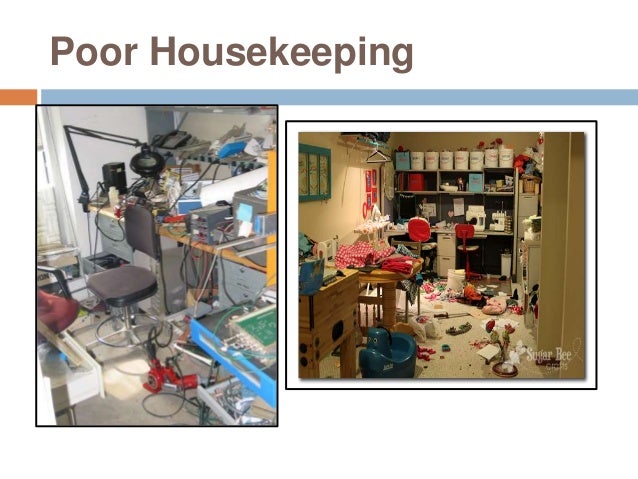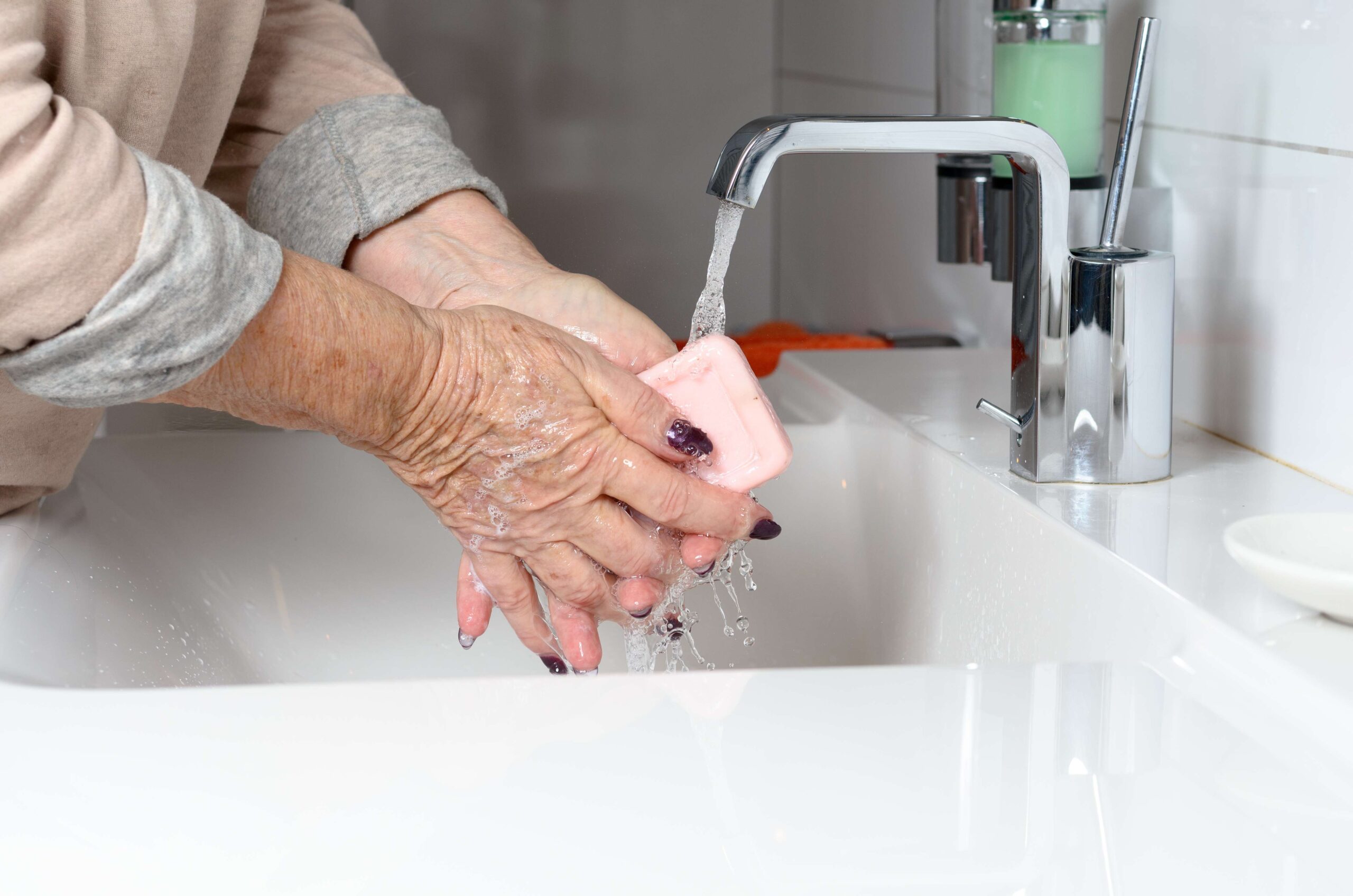Poor Maintenance Of Home Poor Personal Care

A recent surge in reports concerning inadequate living conditions and declining personal hygiene among vulnerable populations has prompted growing concern from local social services and community advocates. The issue, affecting primarily elderly individuals and those with disabilities, underscores a critical need for improved support systems and increased awareness.
At the heart of this emerging crisis is a combination of factors, including dwindling resources, limited access to healthcare, and a lack of adequate social support networks. The convergence of these issues is leaving many individuals struggling to maintain their homes and personal well-being, raising questions about the adequacy of existing safety nets.
Rising Concerns Over Unmaintained Homes
Reports from community organizations and social workers paint a concerning picture of homes falling into disrepair. Leaking roofs, rodent infestations, and hazardous living conditions are becoming increasingly common.
Many residents are unable to afford necessary repairs or lack the physical capacity to perform maintenance tasks themselves. This situation is exacerbated by limited access to affordable housing options and long waiting lists for government assistance programs.
According to data released by the Department of Housing and Urban Development (HUD), the number of households experiencing severe housing problems, including physical inadequacies, has increased by 15% in the past year.
Impact on Health and Safety
Unmaintained homes pose significant health and safety risks to residents. Exposure to mold, allergens, and pests can lead to respiratory problems and other illnesses.
Additionally, dilapidated conditions increase the risk of falls, injuries, and fires. These hazards disproportionately affect vulnerable populations, who may already be dealing with pre-existing health conditions.
Dr. Emily Carter, a public health specialist at the County Health Department, emphasized the urgency of addressing these issues. "Substandard housing is a direct threat to the health and well-being of our community's most vulnerable members," she stated.
Decline in Personal Care and Hygiene
Parallel to the housing crisis, concerns are mounting regarding declining personal care and hygiene among vulnerable individuals. Reports indicate a growing number of people struggling to maintain basic hygiene practices, such as bathing, dressing, and grooming.
This decline is often attributed to physical limitations, cognitive impairments, and a lack of access to personal care services. Isolation and depression can also play a significant role, leading to a neglect of personal hygiene.
Social worker, Maria Rodriguez, notes that, “The absence of social interaction and regular support can often lead to a neglect of basic personal care. People can become overwhelmed and lose motivation”.
Contributing Factors and Challenges
Limited access to home healthcare services and personal care assistance is a major contributing factor to this problem. Many individuals are unable to afford these services or are unaware of available resources.
Furthermore, cultural stigmas and a reluctance to ask for help can prevent people from seeking the support they need. The lack of accessible transportation also poses a challenge, making it difficult for individuals to attend medical appointments and access essential services.
Ageism in some communities can also result in a disregard for the needs of the elderly, meaning needs are not identified or treated as seriously.
Advocacy groups are increasingly campaigning for additional funding and improved access to social services and healthcare facilities to meet the evolving needs of the elderly population.
Call to Action
The escalating issues of poor home maintenance and declining personal care highlight the urgent need for a comprehensive and coordinated response. Local authorities, social service agencies, and community organizations must work together to address the underlying causes of these problems.
Increased funding for housing assistance programs, home healthcare services, and transportation assistance is crucial. It is also essential to raise public awareness about the challenges faced by vulnerable populations and encourage community members to volunteer their time and resources.
Community initiatives, such as home repair programs and volunteer-led personal care services, can play a vital role in supporting those in need. By working together, we can ensure that all members of our community have access to safe, healthy, and dignified living conditions.
City Council member David Lee stated, "We need to prioritize the well-being of our most vulnerable residents by investing in programs that provide support and promote independence."
Furthermore, improving interagency cooperation can help to streamline service delivery and ensure that individuals receive the holistic support they require. A stronger emphasis on preventative care and early intervention can also help to identify and address problems before they escalate.
The issue also begs the question of whether government funded agencies are doing enough to regularly check in on vulnerable people and whether their current methods are working.
"Ultimately, addressing the crisis of poor maintenance of homes and poor personal care demands a collective effort. By working together, we can create a more just and compassionate society where everyone has the opportunity to thrive," added Lee.

